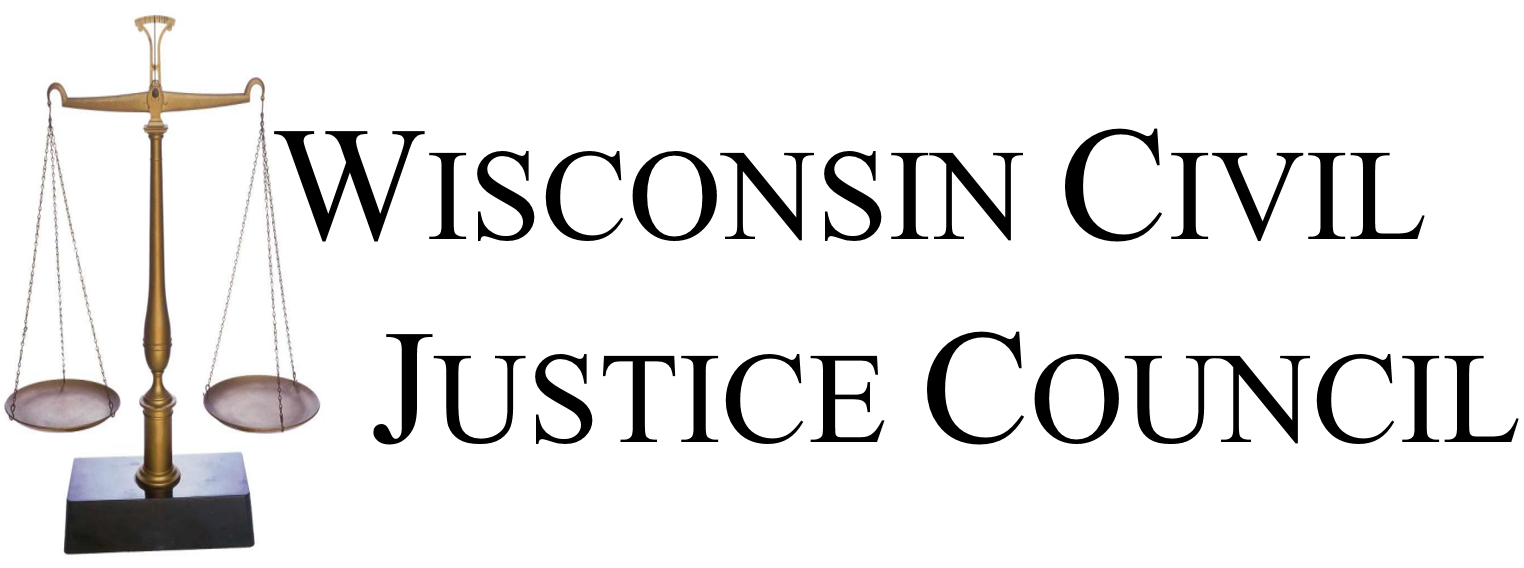In Verkler v. YRC, Inc. (2018AP1531), the Court of Appeals District I ruled against Allstate Property & Casualty Insurance Co. in a civil negligence action brought after a car accident.
Allstate’s insured Victoria Southern crashed into a truck in YRC, Inc.’s driveway. Southern initially told law enforcement that she had been lost and was looking for an address but blacked out and could not remember the events prior to her accident. However, Southern reversed her testimony at trial, stating she no longer believed she blacked out before the accident. The YRC truck driver told law enforcement and testified at trial that Southern had caused the accident when she made a U-turn into the driveway.
In the civil trial that followed, a jury found that Southern was negligent. Allstate appealed the verdict and argued the circuit court erred in denying its request for a jury instruction on the emergency doctrine.
The emergency doctrine excuses drivers from negligence in an emergency they did not cause if they react to the emergency in a way that an ordinarily prudent person would. At trial, Allstate asked the court to give the jury an instruction on the emergency doctrine but the court declined. The court of appeals upheld the trial court’s denial of Allstate’s request. The court agreed that the emergency doctrine did not apply in this case because there was no evidence of an emergency, as Southern could not clearly recall the accident.
The appeals court also found credible evidence supported the jury’s verdict that Southern was negligent. There was evidence for the jury to find that Southern breached her duty of care by failing to see the truck with its lights on in the YRC driveway, causing the accident to occur in the driveway, making a U-turn in the driveway, and looking for addresses when she was lost instead of focusing on the road.
